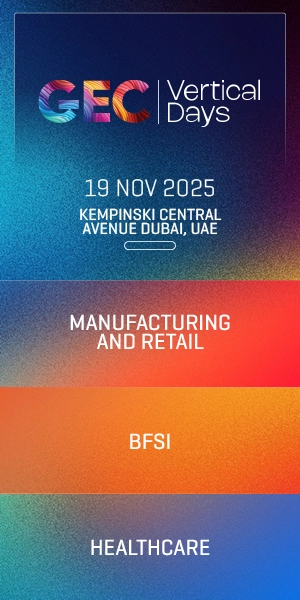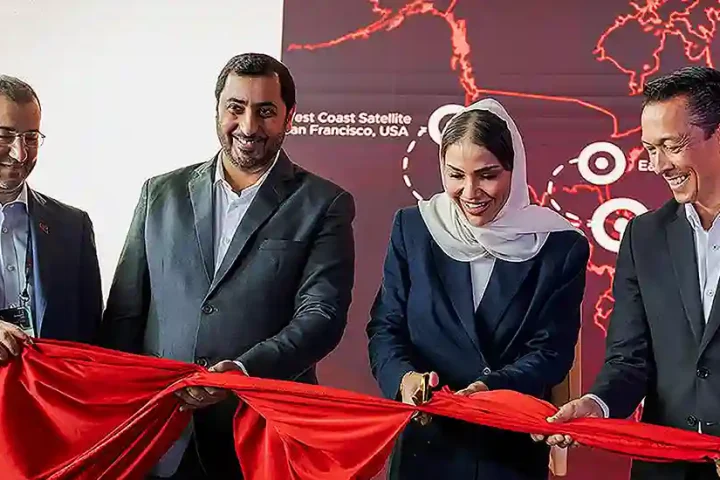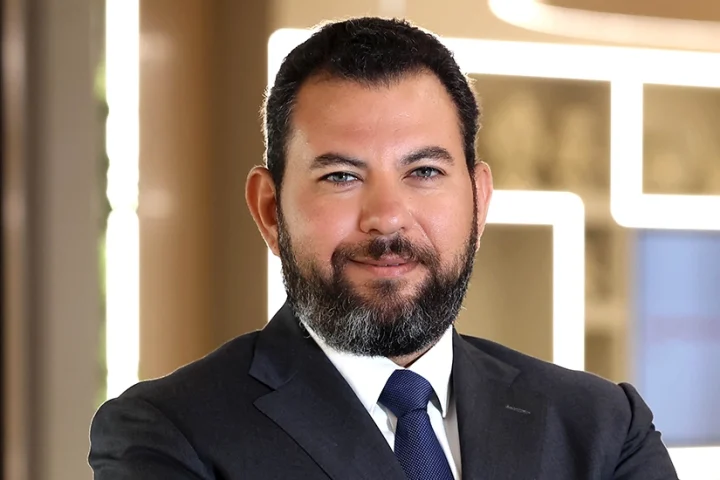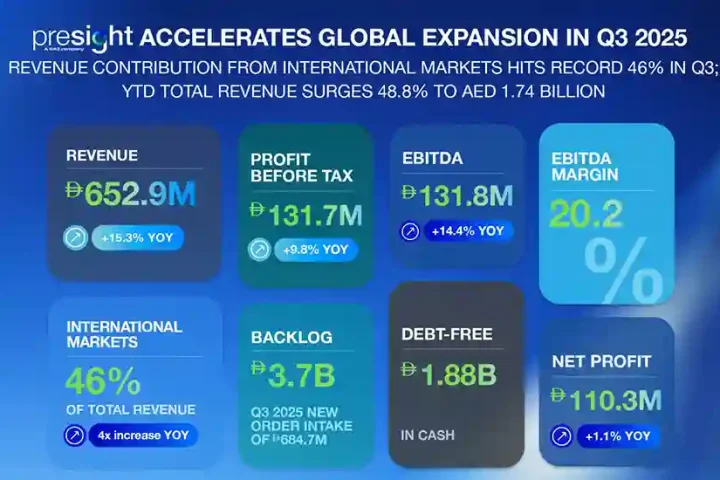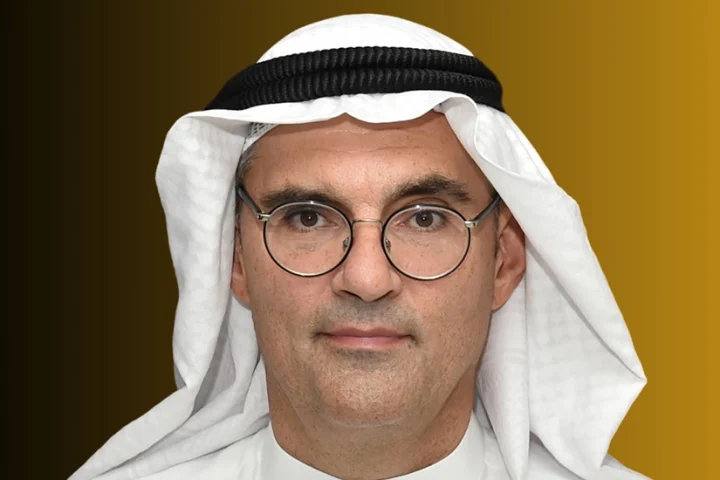Internet of Things, 5G, connected cars, telemedicine, e-learning, 4K video or emerging virtual reality applications are all poised to add more demand to the network. All of the content and information generated by these applications, as well as by end-users, are stored in data centres and transported across the networks that interconnect them. To successfully manage these high bandwidth operations, telco operators and service providers need to be able to not only increase their capacity, but also to understand where to store data Edge vs data centres and how they can optimise their networks with AI-driven software to achieve this.
One of the pain points for CIOs is related to the fact that data centre managers are being called to run much larger, more complex workloads that are often very different from one another. Hardware requirements can vary widely from workload to workload and may also change over the course of a day or even an hour.
Other challenges include the provision of hardware for new applications, identifying where there is available power capacity, facilitating the automation of the data centre to minimise headcount, maximize uptime and more.
Futuristic DCs
The growth in artificial intelligence and IoT will lead to the increasing demand for edge computing and edge data centres as well as an increase in modular data centre construction and investments.
Over the next five years, as applications shift to the edge, a new breed of data centres will crop up around the globe. Looking ahead a decade, there could be orders of magnitude more data centres sending content and apps to users over shorter lengths of fiber and network hops. This edge cloud will be a unique ecosystem of open and interconnected data centres, including data centre operators and carrier partnerships.
To support this, Ciena and its Blue Planet software brings a wealth of AI-enabled analytics, enabling real-time resource sharing from the core to the edge and distribution across an ecosystem of operators, enabling the rapid spin-up of applications in real time.
The data centre market is projected to grow in the Middle East at a CAGR of around seven percent between 2018 and 2024, backed by the government and private sector initiatives.
With the smart city advancements taking place in UAE and Saudi Arabia and the ever-increasing adoption of cloud computing services, Cienna will continue to see a high up-take of co-location spaces across existing and upcoming data centres. Additionally, as technology becomes more intelligent, automated, software-defined and modernised, data centre resiliency will also improve.
Products and solutions
Ciena’s DCI solutions are based on field-proven coherent optical processing technologies to carry mission-critical traffic and on software to automate the provisioning of this traffic. Globally, Ciena has deployed more than 320 million kilometres of coherent networking solutions.
Cienna combines the best-in-class optics and web-scale IT to deliver massive multi-terabits per second capacity and programmability while providing power and space efficiency—simpler to use, scalable, and tailored to each customer’s needs. This enables Cienna to deliver highly reliable networks that support data centre operators to eliminate concerns about network failures and capitalize on high availability as a competitive differentiator.
Ciena’s Blue Planet helps data centre providers to automate cloud exchange services. For instance, Blue Planet Multi-Domain Service Orchestration MDSO is an open and vendor-agnostic software solution that allows for shorter time-to-revenue and lower costs by simplifying and automating service delivery across data centres and cloud.





